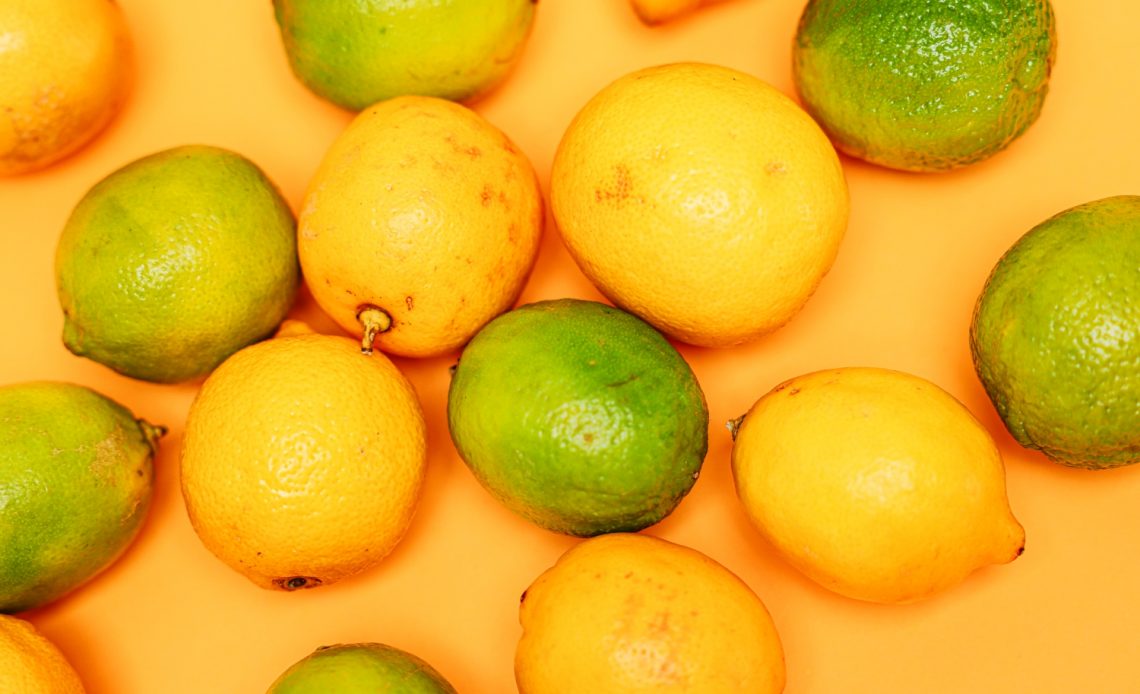

We’re here to help! Wild Yards is a completely free website that is 100% dedicated to helping you create a wildlife-friendly, sustainable yard. Read more
WildYards is reader-supported. When you buy a product through a link on our site, we may earn a comission. Every product is independently selected by our (obsessive) editors and our reviews are unbiased and objective. Read more about our mission or our privacy policy.
A sunny, cheerful lemon tree is just what your back patio needs to gear things up for summer. Lemon trees are so rewarding to grow. Their fragrant blooms give way to delicious yellow fruits that can be used in beverages and in cooking and baking. Lemon trees are also prolific producers, with mature trees having the ability to produce more than 100 pounds of lemons in a single growing season. If you’re new to growing lemons, you may not know what to expect, so you might be confused when you see green lemons on your tree. But why do lemon trees make green lemons?
Green lemons are usually just unripe, but sometimes, trees that have been overwatered or kept in cool climates will produce green lemons. Overwatering, nutritional deficiencies, and variety also play a role in what color your lemons turn out to be.
Why is your tree making green lemons?
It’s not uncommon to see green lemons on a lemon tree, and if you’re new to growing lemons, it can be somewhat concerning. But there are several reasons why your lemon tree may be producing green lemons and, as you’ll see, they’re not always a major cause for concern. Here are a few of the most common reasons why lemon trees produce green lemons.
1. The lemons haven’t ripened yet
The simplest explanation for all of those green lemons you’re finding on your tree is that the fruits just haven’t ripened yet. Lemons don’t start out vivid yellow. They’re green when they first appear and turn yellow as they mature and begin producing a xanthophyll pigment called lutein — which, interestingly, is the same pigment that makes some carrots yellow. But how can you tell if your lemons are green because they’re unripe?
Generally speaking, it takes anywhere from 4 to 9 months for lemons to ripen, depending on how well their growing conditions are met. Keeping track of when your lemons first appeared will help you know when the fruits are getting close to being ripe. Unripe lemons have bumpy skin and a subtle fragrance. They’re also firm when squeezed.
Although it is possible for ripe lemons to retain some of their green pigment, ripe lemons tend to be slightly larger and plumper than unripe ones. They have more give when you squeeze them, and they also tend to have a much stronger fragrance.
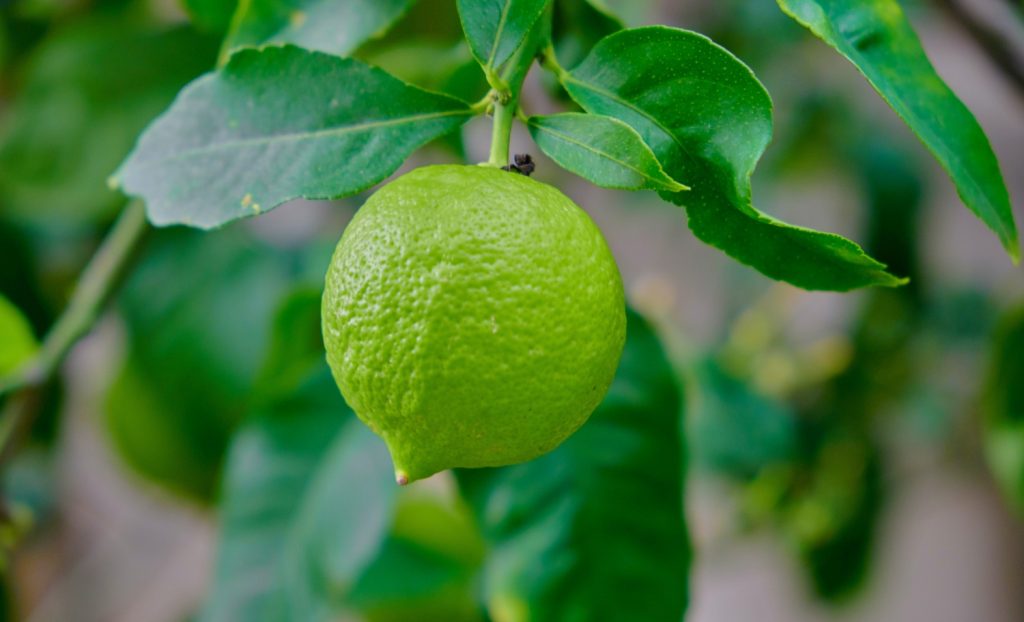
2. The tree was overwatered
Lemon trees grow best in moist soil, but they hate sitting in water. If their soil doesn’t drain well, it will have a negative effect on their foliage and fruits. The lemon tree’s leaves will turn yellow and may begin to curl. If your tree has been overwatered, then you’ll likely notice a bunch of green lemons hiding amongst its branches, too.
Overwatering, whether due to excess rainfall or accidentally leaving the hose on for too long, will suffocate the plant. When all of the pore space in their soil is filled with water, the plants won’t have access to oxygen. Additionally, they won’t be able to absorb the vitamins and minerals they need to produce plant food.
If your lemon tree is growing green lemons, check the soil. If it feels overly moist, or if you see puddles, that’s a good sign that the tree has been overwatered. Scale back on your watering schedule and give the plant plenty of time to dry out. If your lemon tree is potted, be sure to drill holes in the bottom of its container so excess water can escape. Also, consider adding perlite or sand to the soil to make it more porous.
3. The tree was underwatered
Dry spells and forgetting to water your lemon tree can also cause it to produce green lemons. Lemon trees rely on regular watering to stay healthy, and once they begin flowering and producing fruit, their water needs increase.
Examine your lemon tree’s soil. If it feels dry and powdery an inch or two beneath the surface, and if the tree is also sporting some brown, crunchy leaves, these are signs that the plant is drying out. Lemon trees need an inch of water a week on average, but they may require more in hotter, drier climates. So check the soil regularly and water the tree often (but not too often!) to keep the soil moist.
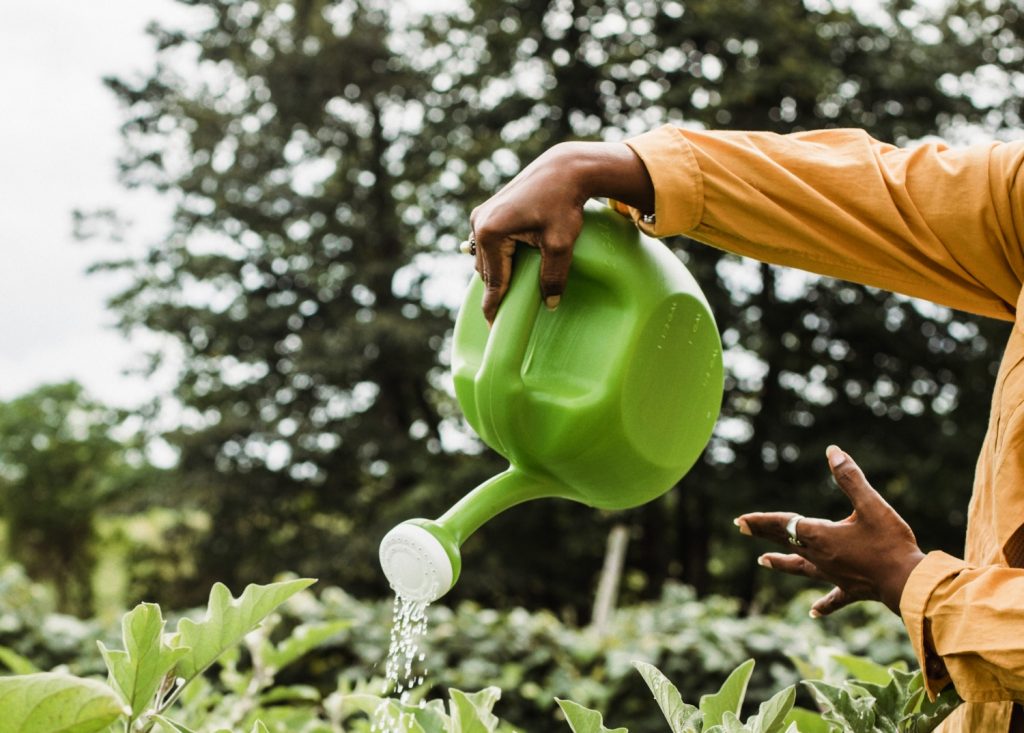
4. It’s their variety
Believe it or not, color doesn’t necessarily have anything to do with a lemon’s ripeness. Some lemons can be fully ripe, even if they’re still green. What color your lemons are once they’re ripe depends on a number of factors, one of which is variety.
Some types of lemons tend to be greener than others. ‘Eureka’ lemons, for instance, produce medium-sized lemons that sometimes have a greenish hue when ripe. Another variety, ‘Lisbon’, also produces lemons that have yellow-green skin.
Meeting all of your lemon tree’s growing requirements is the best way to ensure its fruits ripen as they should. However, some varieties are simply greener than others. It’s also not uncommon to harvest some ripe lemons that are vivid yellow, and some ripe lemons that are more lime-green, all from the same tree. Although this can be surprising, it’s shouldn’t be a cause for concern.
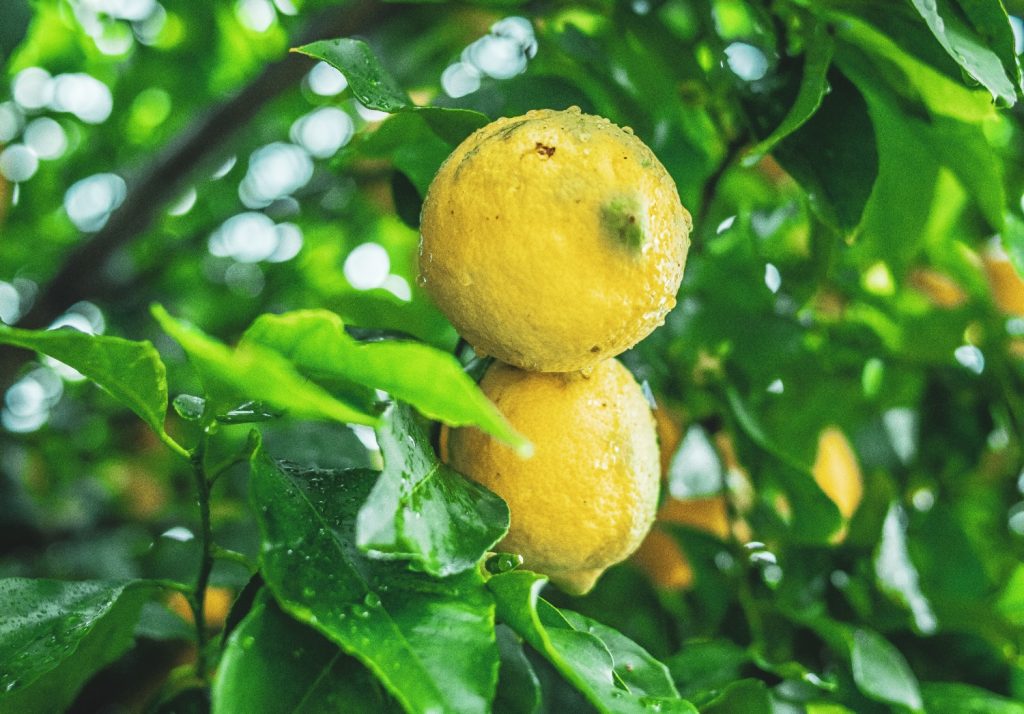
5. The tree is suffering from nutritional deficiencies
Like all other plants, lemon trees rely on nitrogen, phosphorous, and potassium to produce healthy fruits in abundance. If their soil is deficient in any of these nutrients, their fruits may stay green as a result. In addition to green lemons, you’ll also notice stunted growth, dropping flower buds, and yellowing foliage.
Of course, lemon trees rely on other valuable nutrients to produce yellow lemons, too. Micronutrients, which are nutrients that plants use in smaller amounts, include iodine, selenium, manganese, zinc, and copper, among many others. Without this broad spectrum of minerals, plants may produce green lemons.
If your lemon tree is showing signs of a nutritional deficiency, test the soil as soon as possible. Be sure to feed your lemon tree a fertilizer specifically designed for citrus trees every 4 to 6 weeks. Kelp meal can also be used to help your lemon tree get the trace minerals it needs to produce bright yellow lemons.
6. The tree isn’t getting enough light
Lemon trees are hardy from zones 9 through 11 and grow best when planted in full sun. although lemon trees growing in warmer climates may benefit from afternoon shade, lemon trees that are growing in cooler regions need more hours in direct sunlight to produce energy and stay warm.
If your lemon tree isn’t getting enough light, the entire tree will start to look anemic. Leaves turn yellow or pale green. Foliage production slows down and growth stalls out. You’ll also notice more green lemons than yellow ones.
Keep an eye on your lemon tree over the course of a day to see how much sunlight it gets. If your lemon tree is getting less than 6 hours of sunlight per day, it’s time to move it. Set potted lemon trees out in a sunnier spot, and transplant trees that are growing in the ground to a new location. Once the trees get enough sunlight, their green lemons should turn yellow.
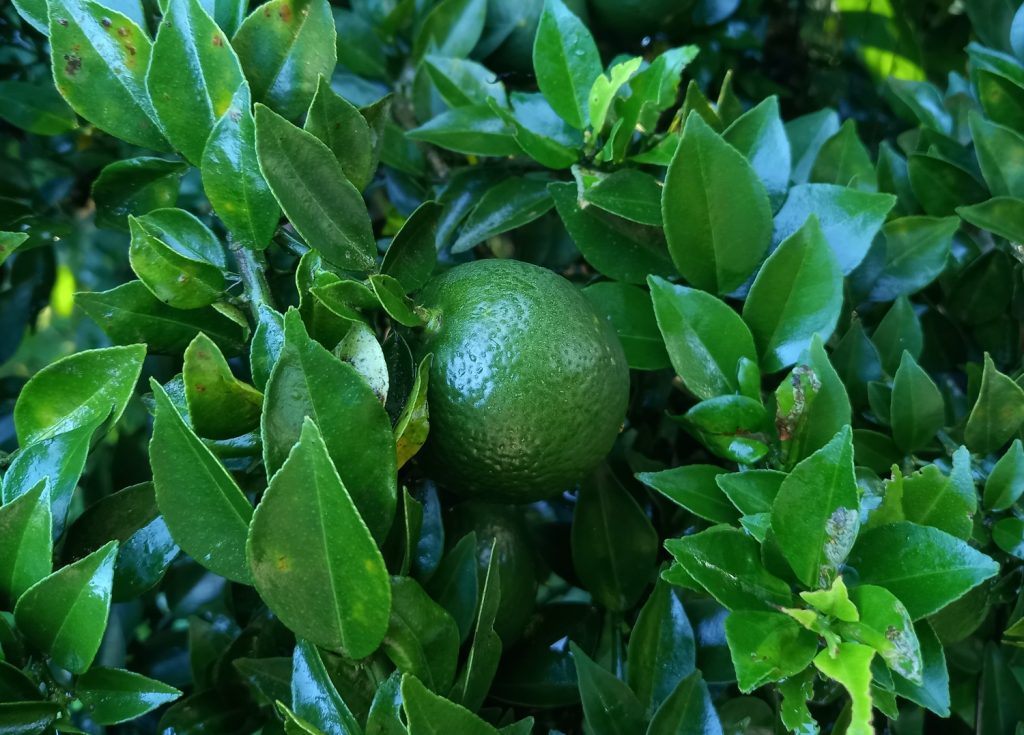
7. It’s the wrong temperature
Lemon trees prefer to grow in warm climates, where the temperature stays between 70 and 80 degrees Fahrenheit. Temperatures in the 90s and higher may stress the trees if they’re exposed to the high heat for too long. But lemon trees won’t grow well and may die in areas where the temperature stays below 55 degrees.
Because lemons grow best in warmer weather, you’ll harvest more yellow fruits in the summer. But as fall approaches and the days get shorter, temperatures drop, and the ripening process slows down considerably. In some cases, the dramatic temperature change from warm days to cool nights can shock late-season fruits into turning yellow. But, as the weather turns cold, lemons may fail to ripen fully and stay green.
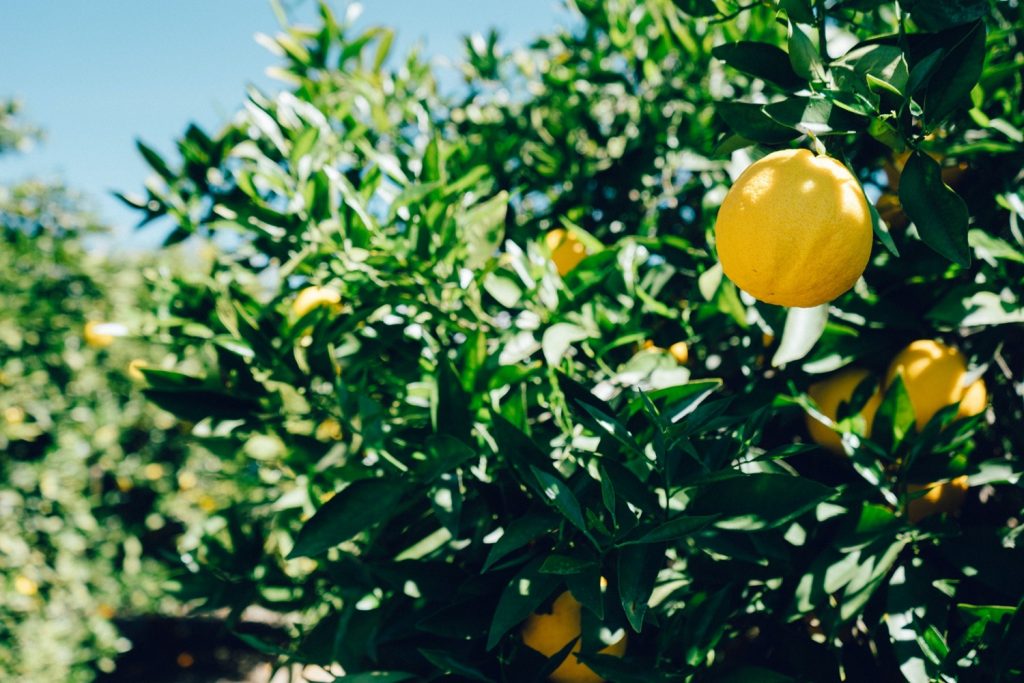
8. Insect infestation and/or disease
In some cases, insects and diseases can cause green lemons, if only in a roundabout way. Insects like aphids and thrips suck sap from a lemon tree’s leaves, depriving it of valuable nutrients. With no energy, insect-infested trees may not be able to ripen their fruits, resulting in green lemons.
Diseases can also contribute to green lemons. One such disease, called citrus stubborn disease, is caused by Spiroplasma citri bacteria, and is transmitted from tree to tree by leafhoppers. In addition to green fruits, citrus stubborn disease can also lead to vein yellowing, stunted growth, and defoliation. Unfortunately, there is no cure for citrus stubborn disease. If your tree is infected, it’s best to uproot it and destroy it before the bacteria can spread.
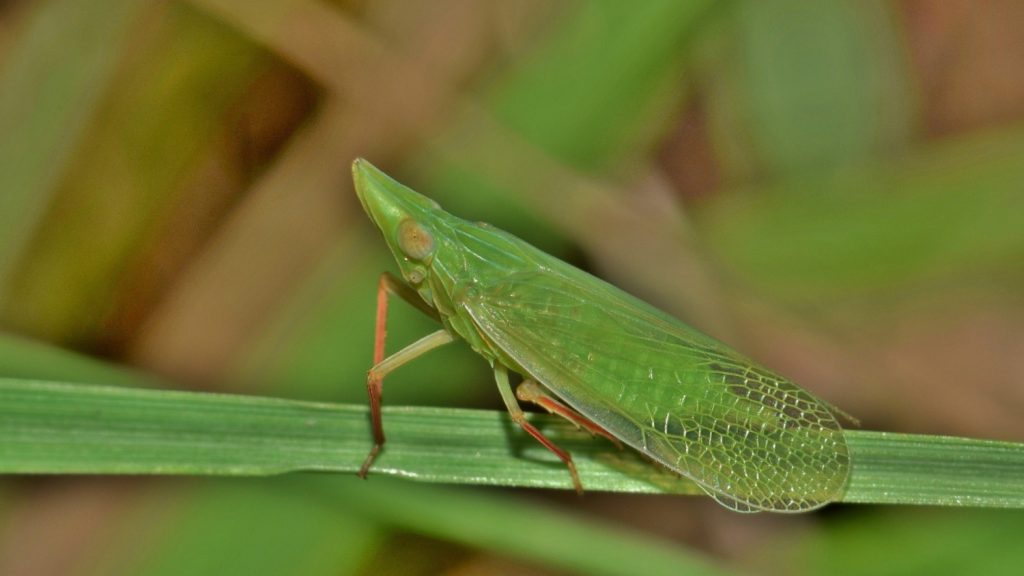
Are green lemons safe to eat?
Yes! Lemons are safe to eat, from the minute they first appear on the tree. Granted, these tiny green lemons may not taste very good. It’s only as they ripen that their sugar content increases. But they are safe to eat, and won’t cause you any damaging side effects. In fact, lemon flowers are edible, too. These deliciously-scented blossoms taste scrumptious in salads and stir-fries. They’re also great in tea infused with watermelon, apples, oranges, and other fruits.
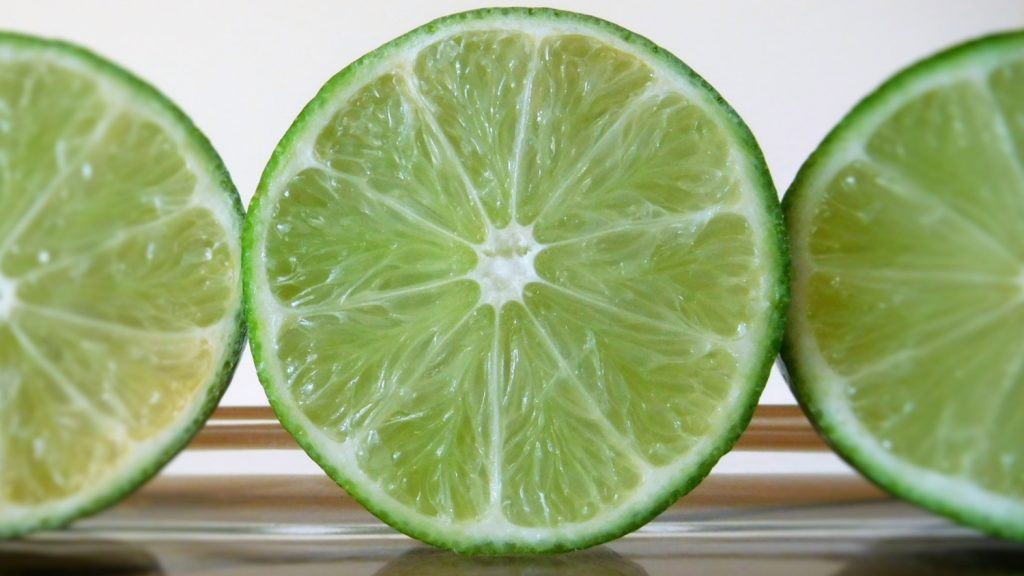
What can you do with green lemons?
Sometimes, lemon trees make green lemons because their growing conditions are less than ideal. But, other times, lemon trees produce green lemons naturally, not because they’re unhealthy. Regardless, now that you have a better understanding of why lemon trees produce green lemons, you’re probably wondering just what you can do with them.
You can use green lemons just as you would yellow lemons. Ripe green lemons are just as sweet as ripe yellow lemons and are fine to use in cooking and baked goods. They’re also delicious when candied, and add unexpected color to trail mixes. Unripe green lemons, on the other hand, naturally have a lower sugar content than ripe ones. So you may need to use more sweetener to counteract their tart flavor. But, otherwise, green lemons can be used in all of the same ways as yellow lemons.
Are green lemons limes?
It’s a common misconception that unripe green lemons are limes. But, rest assured, lemons and limes are two separate things, in spite of their similar appearance. Lemons are man-made, the result of crossing a bitter orange with a citron, whereas limes are hybrids produced from the citron, pomelo, mandarin orange, and micrantha.
While lemons and limes are two different things, all citrus fruits are related, and their DNA can be traced to the foothills of the Himalayas roughly 8 million years ago. In terms of taste, unripe green lemons are somewhat sweeter than limes and less tart, though still sourer than ripe lemons. But their tastes are similar enough that green lemons could be used in place of limes in a recipe if that’s all you had on hand.
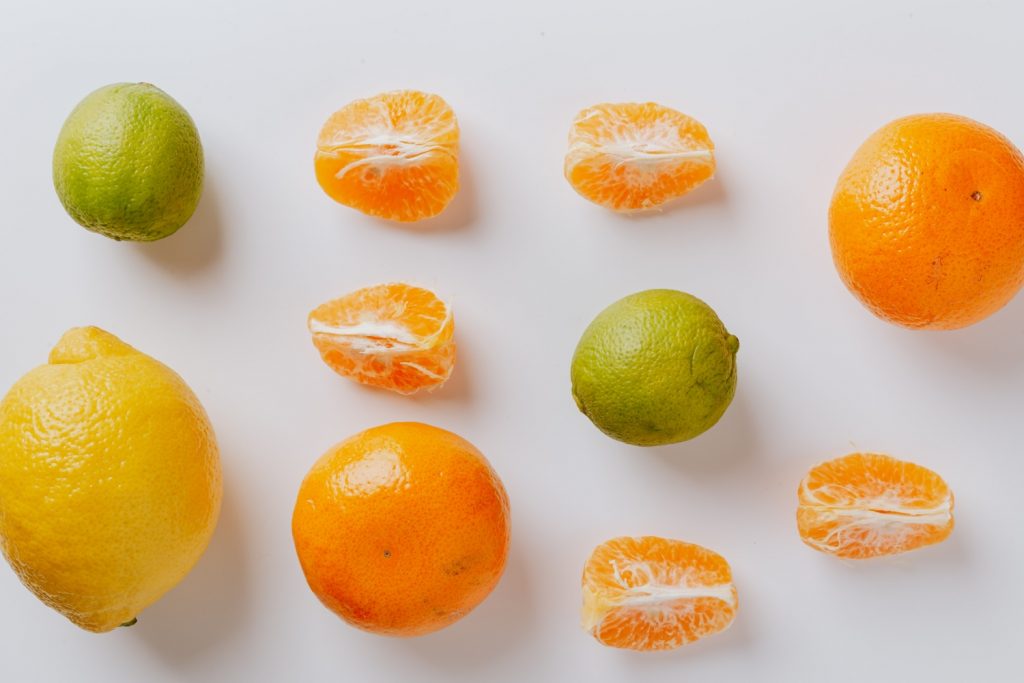
How long do green lemons stay green?
In ideal circumstances, when all of the plant’s growing requirements are met, green lemons ripen in about 4 months. But cool weather, too much shade, drought conditions, overwatering, and even variety all factor into the time it takes for green lemons to ripen. So it can be hard to say how long your tree’s lemons will stay green.
In some cases, lemons have been known to stay green for up to 12 months on the tree before finally turning yellow, which means patience is the name of the game when it comes to growing lemons. If you want your green lemons to turn yellow quickly, then be sure to choose fast-growing lemon varieties, like Meyer lemons, which are ideal for patios and other small spaces.
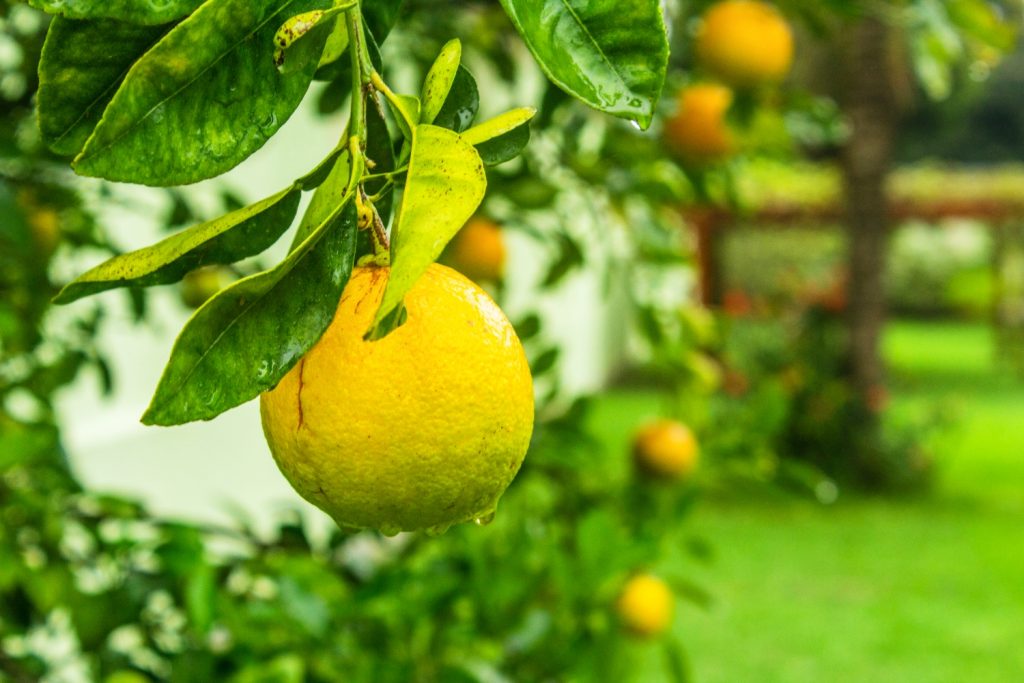
How can you make green lemons turn yellow on the tree?
The best way to get your green lemons to turn yellow while they’re still on the branch is to meet all of the tree’s growing requirements. Make sure the soil stays moist, but not too soggy, fertilize the tree regularly to ensure it has all of the nutrients it needs to grow, and give the tree plenty of sunlight.
Although lemon trees need full sun throughout the entire growing season, it becomes especially important as their lemons start to ripen. Sunlight helps break down the chlorophyll in green lemons’ skin and encourages the production of natural sugars. So if you want your green lemons to turn yellow right on the branches, make sure the tree gets plenty of sunlight.
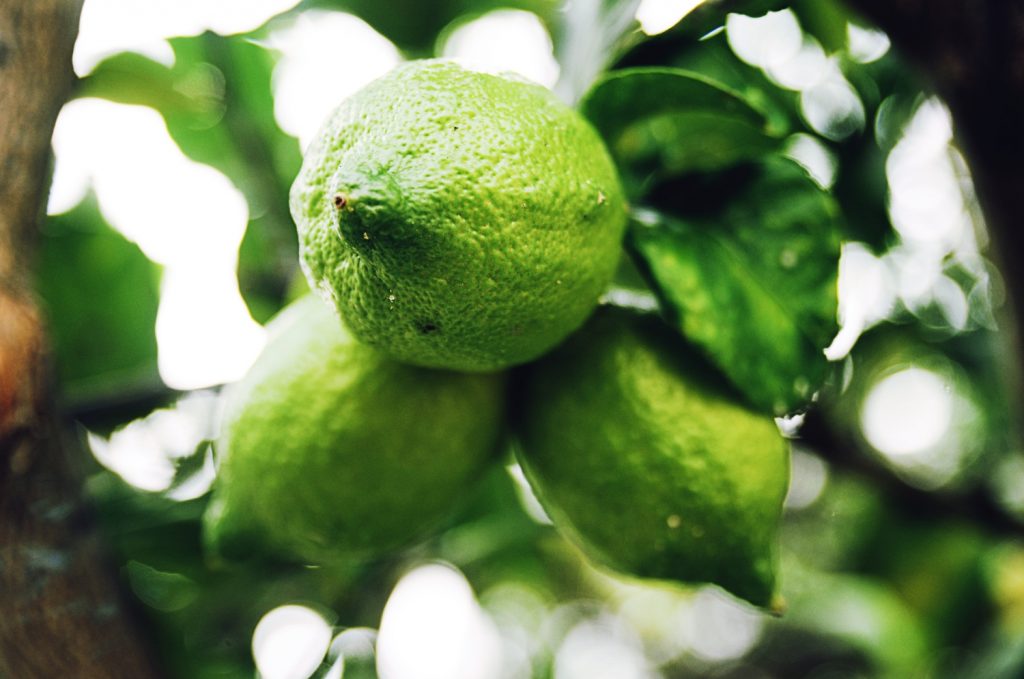
How can you make green lemons turn yellow off the tree?
Once off the tree, green lemons will only ripen so much, and they may not turn very yellow, even if they do ripen a bit more. Fortunately, even if you can’t turn these green lemons yellow, you can make them more palatable. Place the lemons in a paper bag with a ripe banana or apple. As the fruits ripen, they release ethylene gas, which naturally speeds up the ripening process for the lemons.
Storing the green lemons at room temperature will also help. Instead of placing the lemons in the refrigerator, set them out on the counter out of direct sunlight for a few days. Soon, the lemons will soften and their sugar content will increase enough to make them more enjoyable to eat.
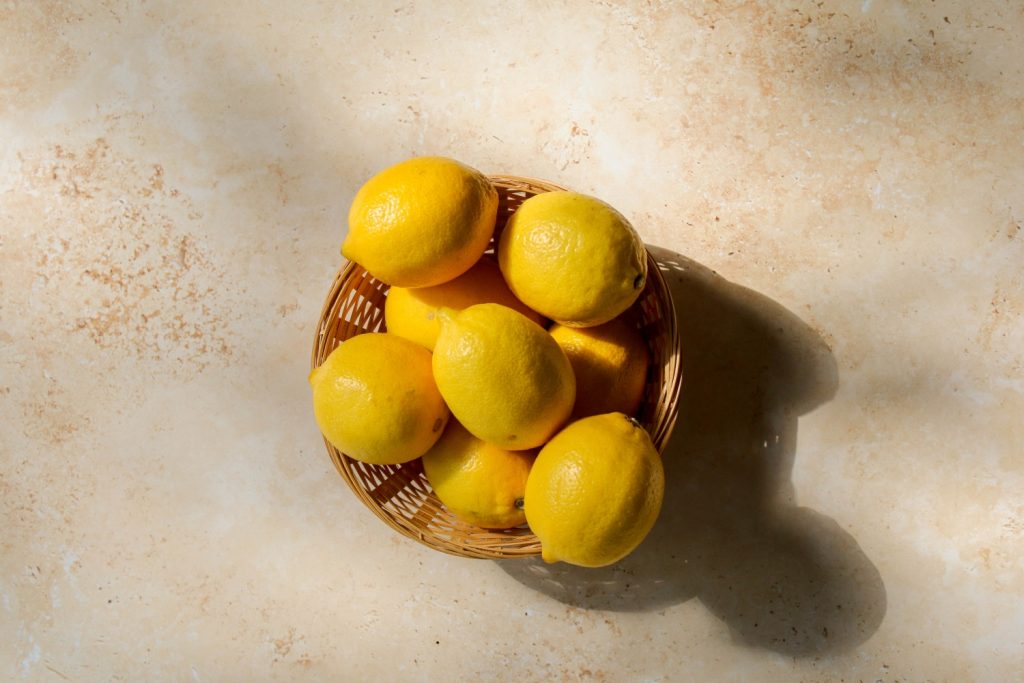
Can you use green lemons to make lemonade?
Certainly, you can! Green lemons make great lemonade, especially if you like your lemonade on the sour side. As mentioned earlier, green lemons work well in fruit-infused teas. In lemonade recipes, green lemons pair especially well with berries, including strawberries and boysenberries. The sweetness of these berries balances out the tart, sour flavor of green lemons especially well.
Are green lemons better for juicing than yellow lemons?
Unripe green lemons are tarter than fully ripe yellow lemons, so they may not be the best choice for juicing. The flavor profile of an unripe green lemon is somewhere between a ripe lemon and a lime. So green lemon juice can work as a substitute in savory recipes that call for lemon or lime juice. However, because the juice of green lemons leans tart, it may be less suitable for desserts and baked goods. Fully ripened yellow lemons are a better choice for curds, chutneys, and pie fillings. However, this is highly subjective because everyone’s flavor preferences are different. It all boils down to what tastes best to you.

Are there any health benefits to eating green lemons?
There’s no significant difference between green lemons and yellow lemons when it comes to nutritional value. So there’s no need to go out of your way to eat green lemons unless you just prefer their taste. That said, lemons are rich in beneficial vitamins and minerals. Both yellow and green lemons are loaded with vitamin C, which is essential for immune function and collagen synthesis. A single lemon contains 50% to 60% of the daily recommended value of vitamin C. Lemons also contain folate, potassium, and B6, and are a valuable addition to any diet.
It is worth noting, however, that green lemons contain more acid than yellow lemons. Although this won’t negatively impact your health, it can wear down the enamel on your teeth if you consume green lemons excessively. Acidic green lemons may also aggravate digestive issues like indigestion and GERD.
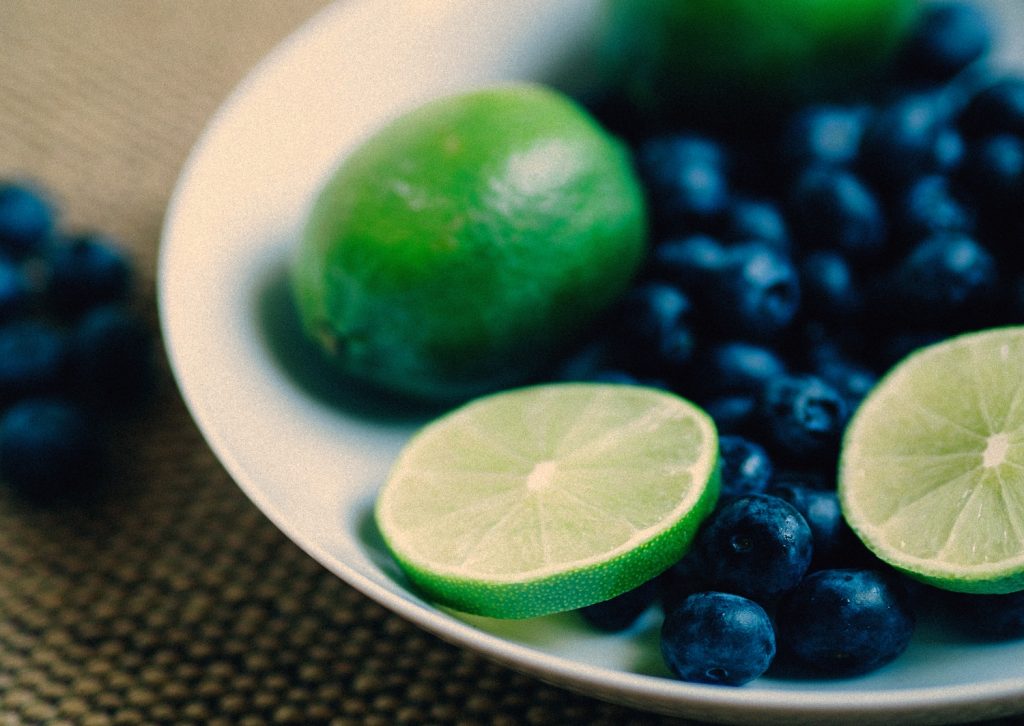
What should you do if your tree won’t stop producing green lemons?
If your tree is only producing green lemons, and you’re certain that it’s getting plenty of sunlight and just the right amount of water, then the first thing you need to check is the soil. Lemon trees prefer slightly acidic soil between 5.5 and 6.5. If your soil is too acidic or too alkaline, the tree won’t be able to absorb the nutrients it needs to thrive, and its appearance and fruit will suffer.
Test your tree’s soil annually using at-home soil pH test strips. If you find your lemon tree’s soil is too acidic, use baking soda or manure to raise the pH a bit. And, if the soil is too alkaline, peat moss can be used to lower it to a more comfortable range. Once your lemon tree’s soil is at the proper pH, the tree will finally have access to the nitrogen, phosphorus, and potassium it needs to stay healthy, and, in time, the tree should begin producing yellow lemons.
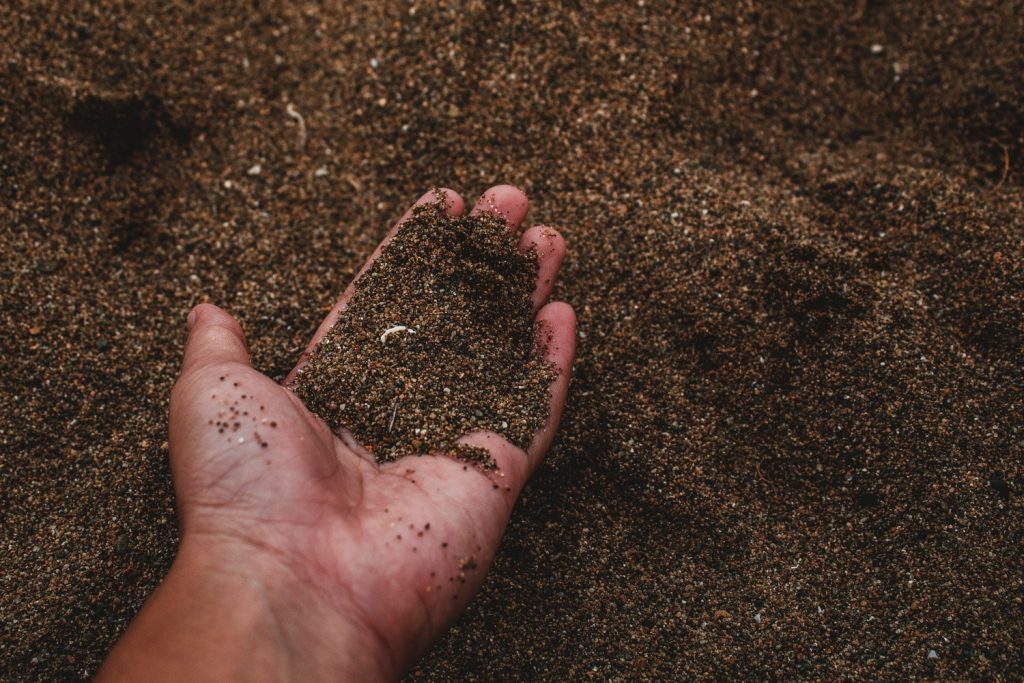
What should you do if your lemon tree is dropping green lemons?
Sometimes, lemon trees drop their green fruits before they get a chance to ripen. If you notice a handful of green lemons at the base of your tree, there are several possible reasons. The first is that the tree has more lemons than it can support. Thinning the fruits allows the tree to conserve energy. This is a normal process and shouldn’t be a cause for concern.
Of course, insect infestations, diseases, heat stress, drought stress, cold snaps, and high winds can also cause trees to drop green lemons. If your lemon tree is losing unripe fruits, take a closer look to determine just what might be the underlying cause.
Can you use seeds from green lemons to grow a lemon tree?
Probably not. Lemon trees grow from seeds. But those seeds must first be mature enough to germinate. Since most green lemons are unripe, that means the seeds inside them haven’t fully developed, either, and likely won’t sprout if planted. If the seeds are taken from ripe lemons that have retained their green color, then the seeds have a better chance of sprouting.
Are green lemons worth keeping?
It’s up to you to determine whether or not those green lemons you’ve harvested from your tree are worth using. In spite of their slightly sourer flavor, green lemons can be used as a substitute for yellow lemons in many instances. But, if you’d rather not keep them, then simply chuck them into your compost bin to make fertilizer for the other plants in your garden down the road.
Wrapping up, it’s not unusual to find green lemons on a lemon tree. Proper care and regular fertilization will all help ensure your lemon tree grows a crop worth harvesting, whether the lemons are green or not.
